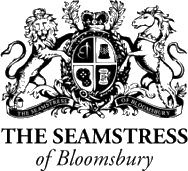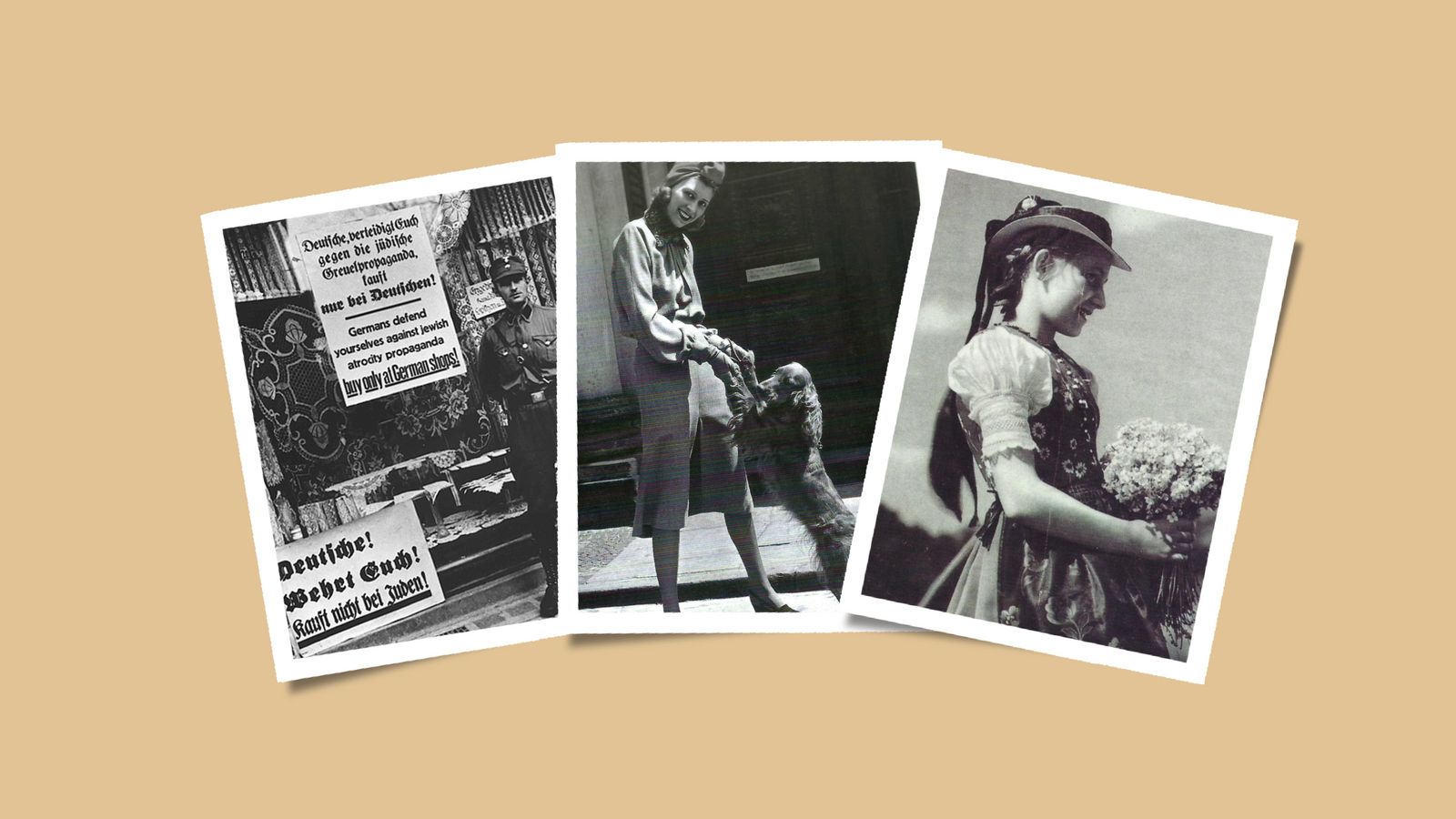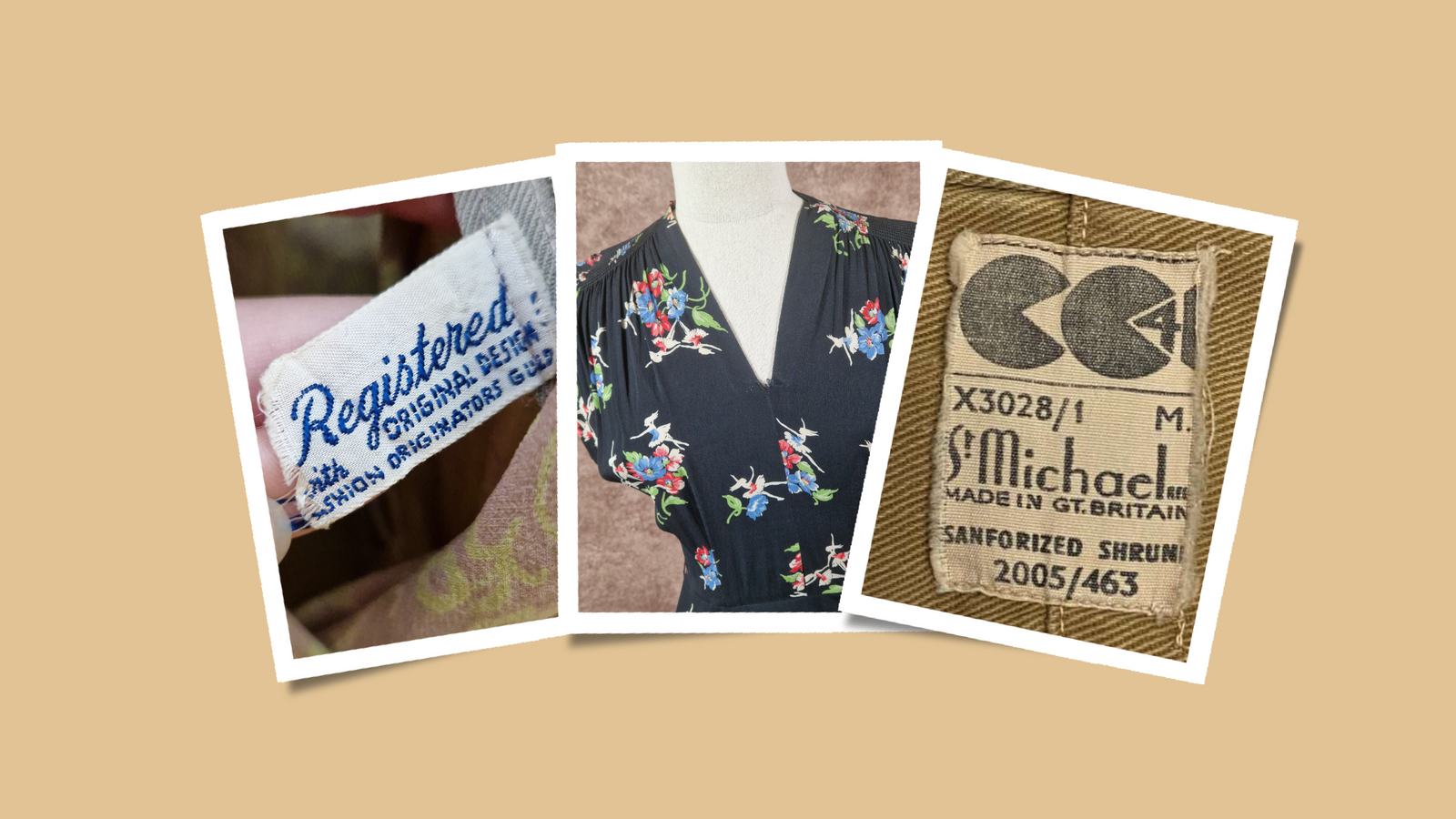Cast your imagination way back to the late 1930s in the East End of London, an area that was notorious for its poverty and social problems.
(Credit: BeetleyPete.com)
Living in crowded living conditions, many working-class residents of the East End would be labourers in factories to make a living.
It wasn't the nicest place to live, and it wouldn't get much better when the Second World War started. During the Blitz, the East End was a perfect target for German bombers as it was a centre for imports, crafts, and had a large workforce population. The East End would suffer tremendous destruction and loss of life.
But there is always a spark of greatness in the face of adversity!
Miss Lilian Wells, all but a child, was growing up with humble beginnings along with her younger sister in the East End in the late 1930s. She lived with her parents who worked in a factory that specialised in making steam train engine parts.

Working in the factory canteen, Lilian’s mother ensured that all workers were fed and ready to get the job done whilst her father worked in the very same factory as an engineer – they were your typical working-class family.
These types of jobs would have been the norm for working-class families in the East End. Other opportunities were very scarce for poor families, especially for young women who would have been expected to train to work in a factory role or to become a housewife to provide for the family.
With very little money to spend, working-class families would turn to cost-cutting methods such as repairing their clothes and making their clothes as it was cheaper than buying new ones. This did however mean that many of the working classes had the basics of sewing and needlecraft under their belt – it was almost common sense to know how to use a needle and thread!
Lilian’s mother was one of the many who passed on their knowledge and skills of sewing down to her daughters. But what she probably didn’t expect was for Lilian to pick up these skills with such flair, precision, and speed that her work could have been mistaken for that of a professional seamstress. Quite impressive for a 14-year-old.
With such raw potential and talent, Lilian’s parents mapped out her future for her – she would train to sew on a machine and from there work in a factory where she could use her talents to build herself a stable career ideal for a young lady. If only they knew she was bound for much greater things!
At the age of 14, Lilian began an apprenticeship under Harriet Proctor, a well-known seamstress who had taught many the skills of needlecraft. Lilian had little education except for the basics that her mother had taught her, yet she could draw, paint, hand sew, and embroider as if she had already been professionally trained. It’s no surprise that Lilian quickly built a reputation for herself with such natural talent.Eventually, Lilian would have her own workroom in Hamilton House in London, an educational facility under the National Union of Teachers. We don’t know for sure, but the fact that Lilian had her workroom in this building leaves us to think that she may have even been teaching others sewing.
Lilian’s reputation kept building piece by piece until many knew her simply by her title of The Seamstress of Bloomsbury rather than her actual name. Lilian went on to create garments for everyday wear and even extravagant wedding dresses, there was nothing that she couldn’t make.
She was the most generous and lovely person, never too busy to answer questions or help with advice on garment patterns or construction. And thoroughly knowledgeable in where to source everything from specific buttons or fabrics or trimmings, and even knew many small garment manufacturers who were able to make specialist items.
Her clients ranged from celebrities and aristocracy to Royalty from around the world. A true professional, Lilian never gave away the full names of the clients she worked for and simply named any garments and designs she created after her clients' first name.
We have also followed Lilian’s tradition of naming garments. For example, our Helen Blouse was originally created in the 1940s for one of Lilian’s clients whose first name was Helen.
When we inherited her collection of garments and came to reproducing them, we kept with her tradition of naming them after who they would have originally been made for.
If we came to reproduce a garment of Lilian’s that didn’t have a name, we don’t make any name up willy nilly to name it! Take our Lacey Blouse, for example, the original garment from Lilian didn’t have any labelling to indicate who it would have been created for. When we re-created the authentic design, we renamed the blouse after its intricate lace design and simply dubbed it the Lacey Blouse.
 We have a very comprehensive and wonderful collection of Lilian’s original designs and patterns which we dutifully copy as closely as possible, incorporating the original hooks/eyes and little press stud fastenings wherever possible.
We have a very comprehensive and wonderful collection of Lilian’s original designs and patterns which we dutifully copy as closely as possible, incorporating the original hooks/eyes and little press stud fastenings wherever possible.
As Lilian would have done in the 1940s, we make our garments using Rayon Crepe de Chine - a material soft to the touch and identical to what Lilian would have used. Originally, Rayon Crepe de Chine would have been produced using a harsh chemical process, but thanks to modern day technology and science we can create the exact same material without all the harmful chemicals. Our eco-friendly method of creating this material achieves the same result and quality of fabric, so you can look just as fabulous as they did in the 1940s and not have to worry about harming the planet!
Our founder met Lilian in the late 1970s when he was new to the fashion industry, and their relationship blossomed into a lifetime friendship. Lilian was there to help him with any problems or questions, and guided him through the many of the complex processes involved in design and manufacturing and watched him climb his way up to be a designer for many top high street fashion brands. Lilian always remained a constant pillar of support and inspiration for him.
Sadly, Lilian passed away in 2008 but not without having spent many years passing on her extensive knowledge and expertise to him. He was very fortunate to have had such a long and close connection with Lilian, whose love and care, and incredible skill inspired him, which is why he dedicated his work to her under ‘The Seamstress of Bloomsbury' name.







Kris
July 03, 2025
What a lovely foundation for this wonderful brand! I am sure that Lillian Wells would be proud to know that her legacy lives on!